In recent times, there has been a significant shift in focus and investment toward renewable energy sources, driven by the need to reduce our reliance on fossil fuels. This burgeoning sector has witnessed remarkable growth and is anticipated to surpass 1.1 trillion US dollars by 2027.
This article explores the top 7 facts about renewable energy sources across different historical periods and geographic regions, shedding light on the enduring and evolving nature of sustainable solutions.
№1 Iceland Sets the Global Standard by Generating Almost 100% of Its Energy from Renewable Sources

Iceland stands as an exemplary model for the global community in achieving nearly 100% reliance on renewable energy, showcasing an unwavering commitment to sustainability and environmental stewardship in the fight against climate change.
Geothermal power lies at the heart of Iceland’s energy transformation. It is an abundant resource of the country thanks to its strategic location on the Mid-Atlantic Ridge, a significant tectonic plate boundary. Leveraging this geological advantage, Iceland taps into the Earth’s natural heat reservoirs, converting it into electricity and providing heating solutions for its civilians.
This renewable energy fact shows us that geothermal energy is a clean and highly reliable power source, which offers a substantial potential for reduced reliance on fossil fuels and cutting down carbon emissions.
№2 The Origins of Solar Energy Date Back Nearly Two Centuries
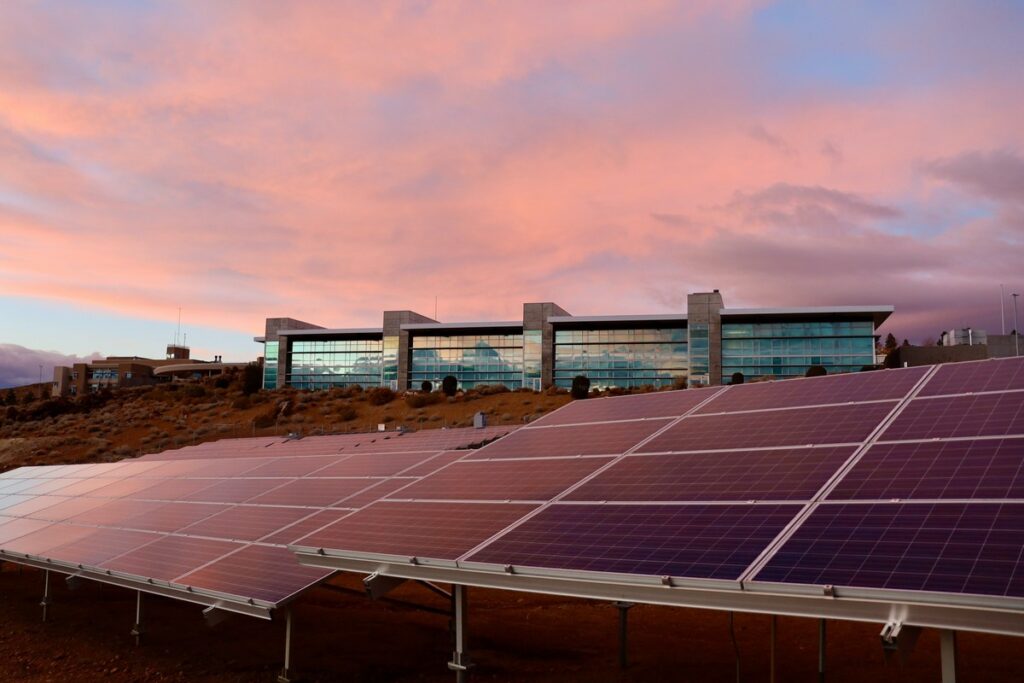
Fascinating trivia about renewable energy is that the usage of solar power has a rich historical background that predates modern times.
As early as 1839, Alexandre Edmond Becquerel made a groundbreaking discovery of the ‘photovoltaic effect,’ which involves the generation of electricity from direct sunlight, commonly referred to as solar energy. The subsequent advancements in this field led to the invention of the solar cell by Russel Ohl in 1941, a significant milestone in the utilization of solar power.
In the 1950s, NASA pioneered the practical application of solar technology, integrating it into their satellite Vanguard, which holds the distinction of being the oldest satellite still in orbit today. This early adoption by NASA paved the way for further research and development, establishing solar energy as a vital component of modern technological progress.
№3 The Multitude of Components in Wind Turbines Surpasses 8,000
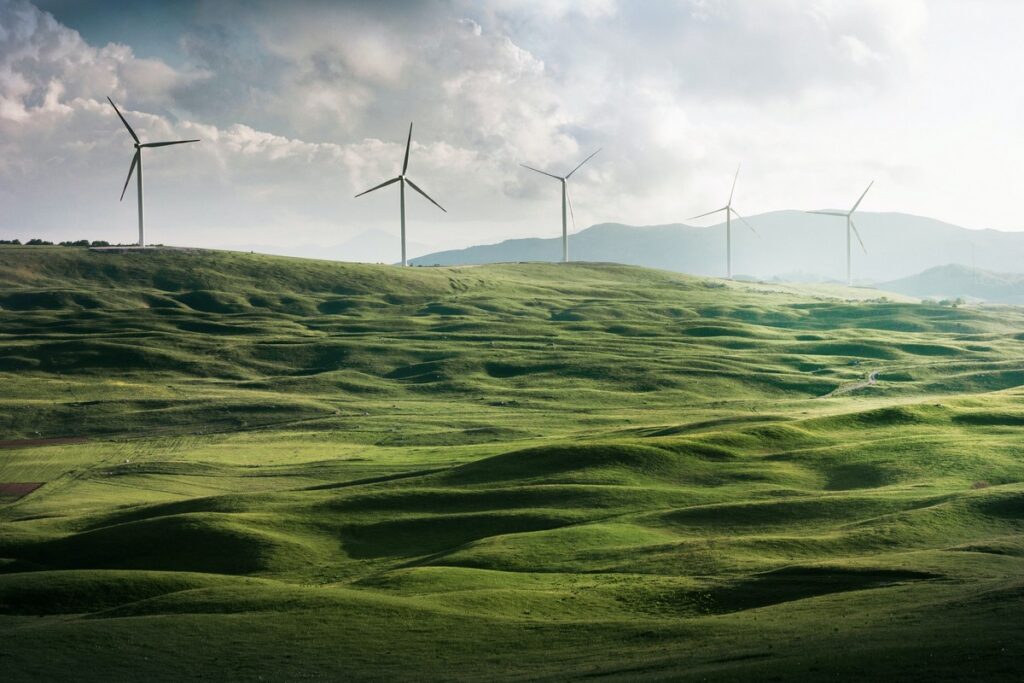
The evolution of harnessing wind power dates back over two millennia, signifying a remarkable advancement from its initial inception by human ingenuity.
The fascinating fact about renewable energy is that modern wind turbines, despite their sleek and streamlined appearance, boast an intricate design. Most of them are composed of an impressive assembly of approximately 8,000 components. These structures are of significant magnitude, as a typical tower stands at approximately 60 meters in height, reaching a total soaring altitude of 90 meters when incorporating the blades and turbine.
№4 Renewable Energy—A Job Creation Powerhouse, Surpassing Fossil Fuels by 5 Times

Renewable energy production processes generate five times more employment opportunities compared to the fossil fuel industry due to the multifaceted nature of developing, creating, installing, and storing renewable technologies. More and more companies recognize the significance of clean energy for their success and long-term viability. Thus, the renewable energy sector is expected to witness a surge in job openings, reflecting the growing prominence of sustainable practices in the global energy landscape.
№5 China’s Gonghe Holds the Title of the World’s Largest Solar Power Plant
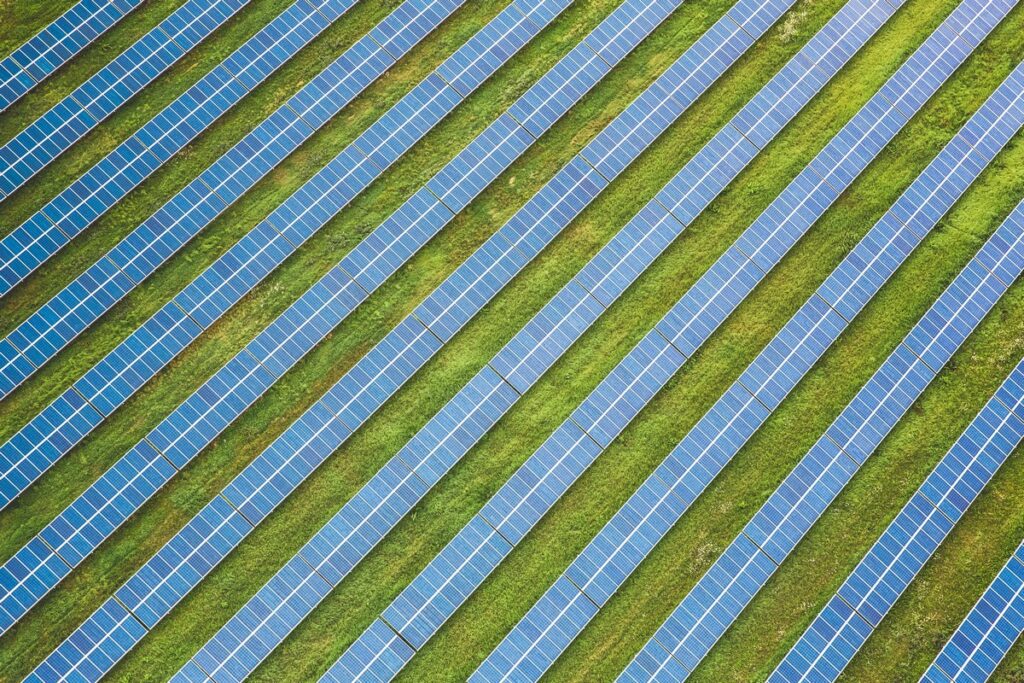
Encompassing an extensive 5,000 hectares of semi-desert landscape within the province of Qinghai, China, Gonghe stands as a remarkable testament to cutting-edge solar energy technology. Developed and commissioned by Huanghe Hydropower in September 2020, this colossal solar PV plant boasts a capacity of 2,200 MW, proudly holding the title of the world’s largest of its kind.
Beyond Gonghe’s impressive scale, the global solar power landscape further showcases notable installations. Among them are the Sweihan Power Project, a significant 938 MW facility situated in the UAE, the Yanchi Solar Park in China, with a capacity of 820 MW, and the Copper Mountain Solar Facility in the USA, capable of generating 816 MW of clean energy. Additionally, China’s Datong ‘Front Runner’ project holds a commendable capacity of 800 MW, contributing substantially to the nation’s renewable energy efforts.
№6 Storing Solar Energy in Salt—A Viable Solution for Renewable Power Storage
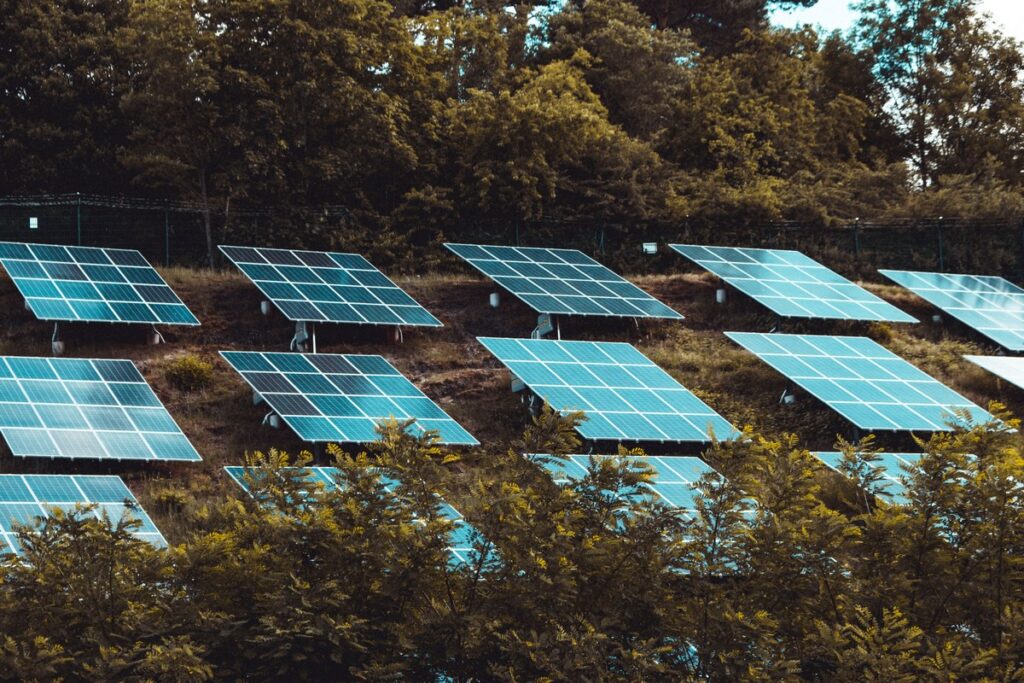
Molten-salt technology, also referred to as molten-salt energy storage (MSES), represents a significant advancement in the realm of renewable energy and sustainable power generation. This innovative process utilizes concentrated sunlight to store thermal energy in molten salt, providing a highly efficient and cost-effective approach to renewable energy holding.
At the heart of this technology lies its capacity to capture and preserve solar energy in the form of heat. Concentrated sunlight is directed onto a receiver, housing the molten salt. The intense solar radiation heats the salt, causing it to melt and reach temperatures as high as 131 degrees Celsius (approximately 268 degrees Fahrenheit). The selection of the appropriate salt mixture is crucial, as it optimizes the thermal properties and stability of the storage system.
№7 Solar PV Leads the Charge: Renewable Power Surges Amidst the Global Energy Crisis
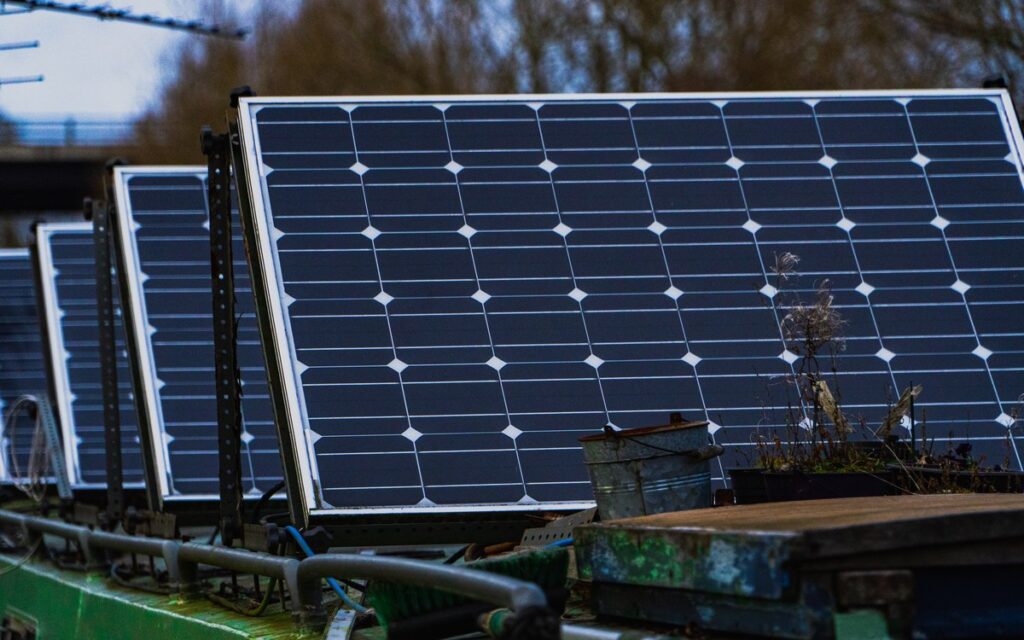
In 2023, the world is witnessing a remarkable surge in renewable capacity additions, expected to reach an unprecedented 107 gigawatts (GW) – the largest absolute increase ever recorded – bringing the global capacity to over 440 GW. This remarkable growth surpasses the combined installed power capacity of Germany and Spain.
The driving forces behind this remarkable expansion include expanding policy support, increasing concerns about energy security, and the improved competitiveness of renewable energy compared to fossil fuel alternatives. Despite challenges such as rising interest rates, higher investment costs, and persistent supply chain issues, the momentum of the renewable power sector remains unstoppable.
Wrapping Up
Renewable energy presents a compelling and sustainable solution to address our planet’s pressing environmental challenges. As we have explored the seven key renewable energy facts, it is evident that clean and inexhaustible solutions hold the key to a greener future. By harnessing the power of solar, wind, hydro, geothermal, and other renewable resources, we can significantly reduce greenhouse gas emissions, combat climate change, and preserve our planet for the next generations.
Collaborate with RER to take care of our planet today!